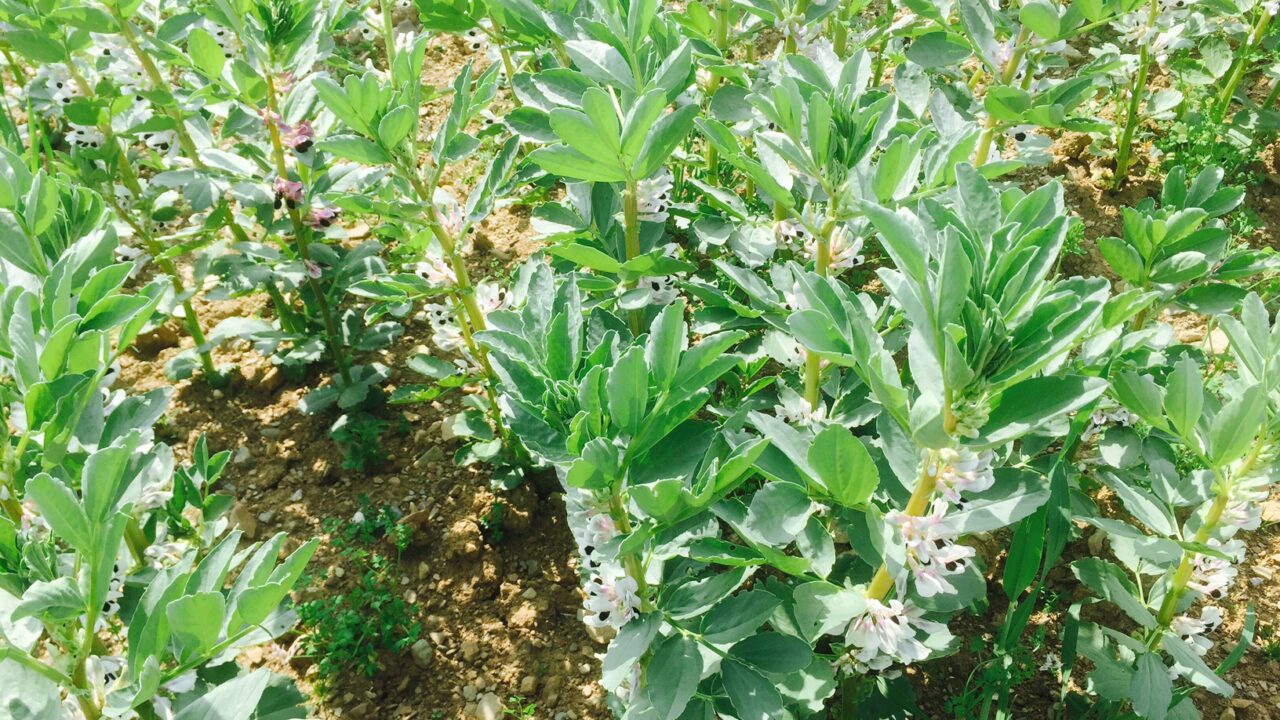Teagasc tillage advisors are warning of the significant challenge that herbicide-resistant Italian ryegrass weeds now pose on Irish farms.
It was a subject raised by tillage specialist Jimmy Staples at the last of the 2021 Enable Conservation Tillage (ECT) webinars. The event was held earlier this week.
Italian ryegrass
Staples confirmed that a single ryegrass plant can produce thousands of seeds in a very short period of time.
He added:
“Approximately 500 Italian ryegrass-resistant sites have now been identified in the UK. I am also mindful that perennial ryegrass was the first plant to show resistance to glyphosate.”
In light of these developments, Irish tillage farmers are being urged to rogue any Italian ryegrass plants that they see growing in their fields.
Grassland weeds
The webinar also provided an opportunity for ECT focus farmers to discuss their management of extremely challenging grassland weeds, including sterile brome.
Rob Coleman farms with his father Billy near Castelmagner in north Cork. Producing winter cereals is the focus of their tillage operation. Rob confirmed that the father and son team moved away from the plough 20 years ago.
The subsequent two decades have been very much a learning process as they had transitioned from min-till to the current mix of min and no-till cultivation systems.
Rob confirmed that sterile brome had become a problem, particularly on land that had been sown out in winter barley for successive years.
He explained: “Cereal production is a low margin business. We want to farm with the environment while at the same time maximising yields. Our objectives for the farm are the improvement of soil health while remaining financially sustainable.”
Cover crops
Rob cited the incorporation of cover crops within the crop rotations followed on the farm, and growing a higher proportion of spring sown crops.
“Cover crops work in a number of ways. Their growing root systems both break and feed the microbes in the soil,” he said.
“They are a perfect follow-on from winter barley. This means that they can be established at the height of summer. This guarantees optimal plant growth rates.
“Come the autumn, the cover crops can be grazed down by cattle and or sheep. This process is helping to deliver a number of weed control measures as well as adding to the overall income of the farm,” he added.
Beans and continuing threat from Italian ryegrass
The Colemans now follow the summer-sown cover crops with spring beans.
“This approach allows us to control spring germinating sterile brome plants. Crops of first wheat follow the beans,” said Rob.
“Again, this approach gives us another opportunity to tackle the sterile brome problem on the farm.”
Jimmy Staples confirmed that most Irish tillage farmer are now getting on top of their sterile brome problems. But he went on to re-emphasise the growing weed threat of Italian ryegrass.
